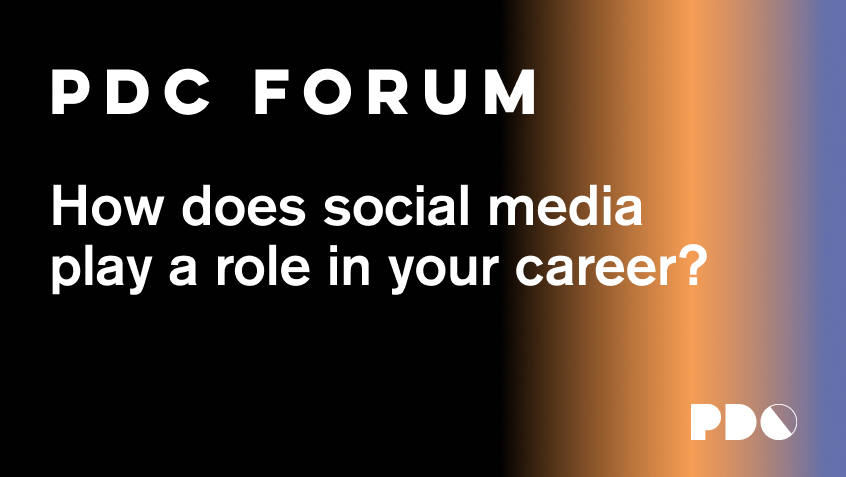
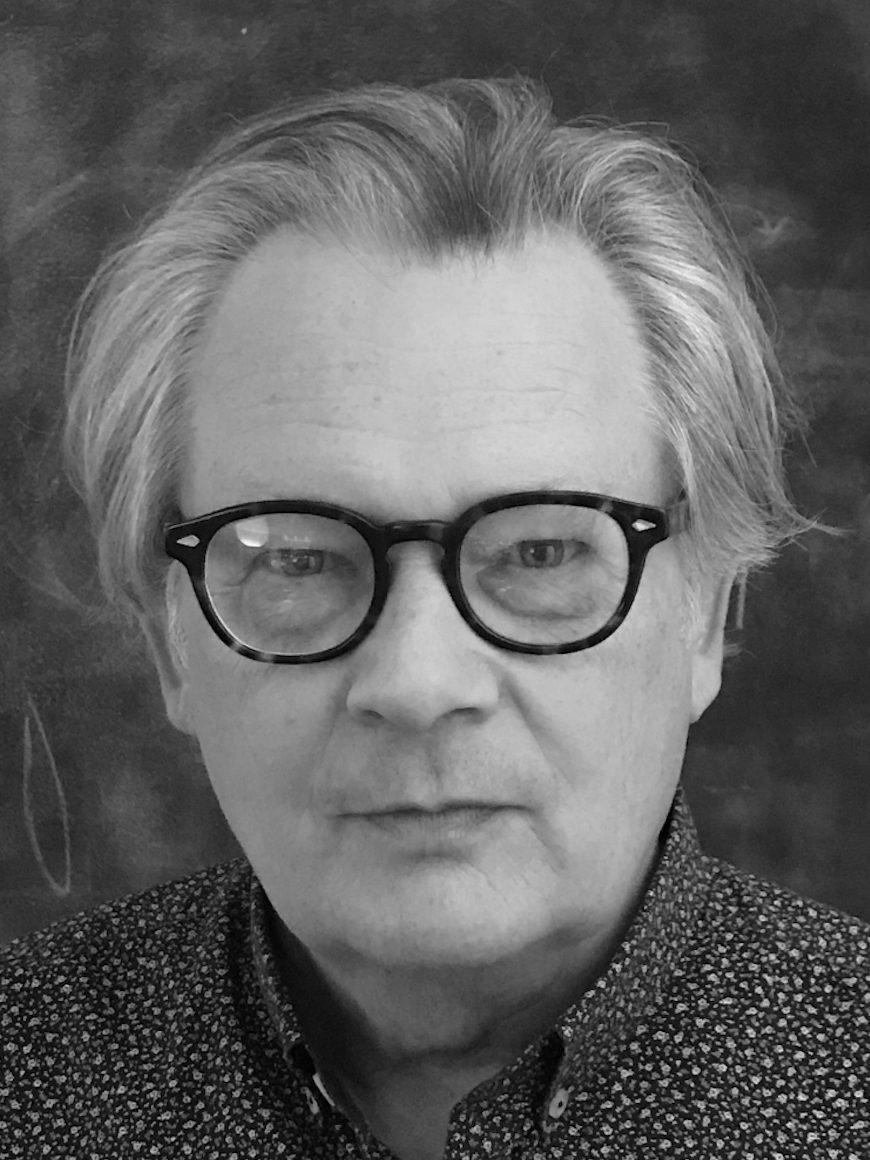



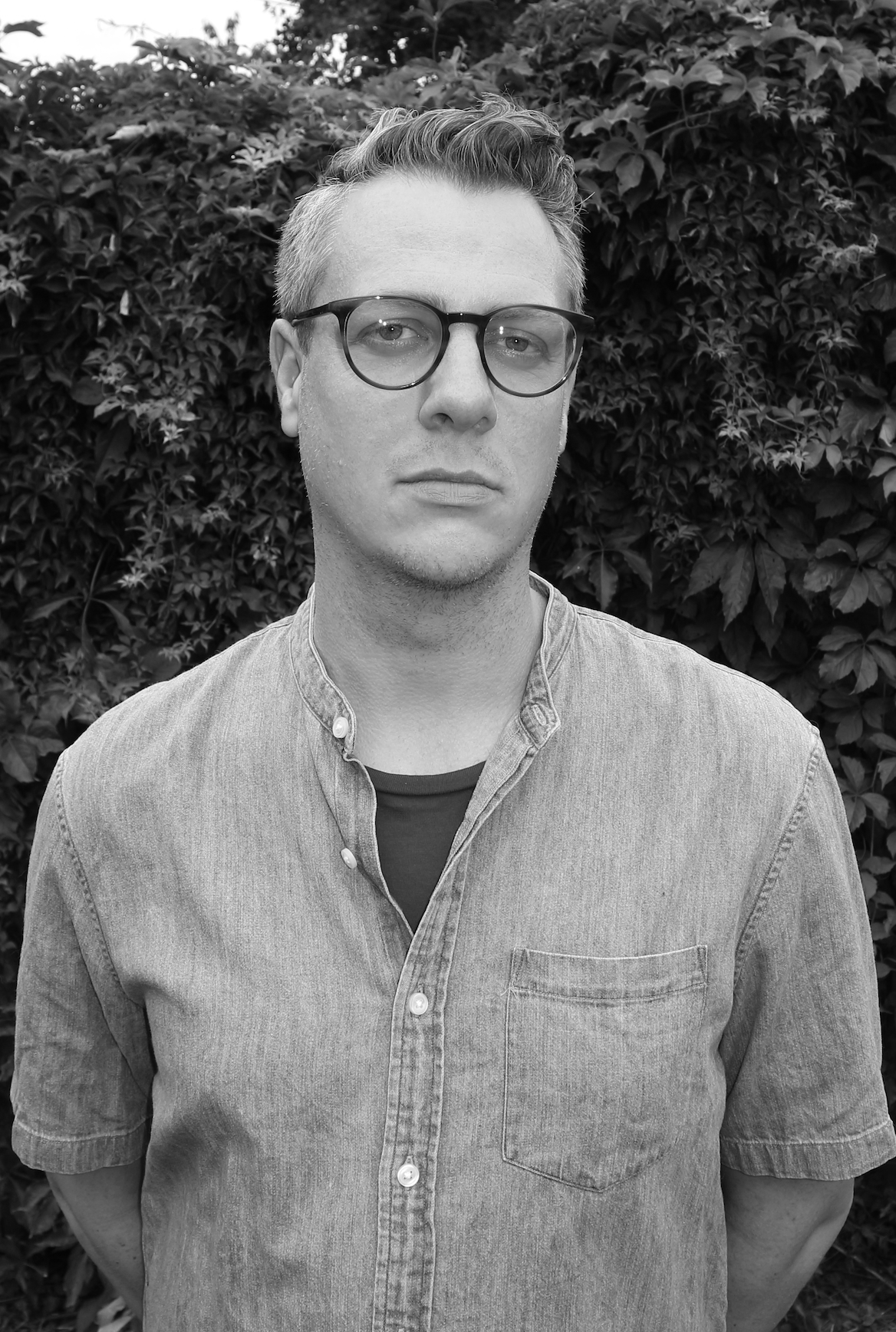

KK Barrett has been designing images to hopefully amuse and entertain for 40 years, including some that were liked and some not so much. Films, Commercials, Theater. There were nominations, awards and..., but none of that matters. What counts is what images stayed with you? What matters is … what is the next idea? As long as it’s new and different. And really, how fun will it be to pull off?
Visuals in social media have become such a generous window into others’ creativity. Although I don’t have any social media accounts where I post, I nonetheless constantly look at others - flow of new artwork from painters and sculptors, photos from Cinematographers, interiors and exteriors from Designers and Architects. It is the new version of a privately curated library.
I do have an Instagram account and a Pinterest account to gain access. Instagram can give you a glimpse of someone’s visual eye. I am never not doing research, saving images and piecing together a collection of influences for an unknown future project. Doing research, you can’t help but end up in someone’s mood/wish board on Pinterest.
Separating “social media” from websites in general is tricky. In social media you are in a closed loop of those who subscribe, those invited in and shared with, where as a website is accessible to anyone that has found the address.
Although I started using a computer for work around 1990, I was still making an edited “reel” on video tape to share my work through the nineties. I would labor over the edit, distilling my contributions to commercials or music videos to look like they were somehow from the same eclectic mind. Eventually IMDB became the source for feature film resume’s. My work and word of mouth from those I had worked with was always the only calling card available for new projects. That still holds true but the method to share your work is much easier.
In visiting production design departments in a number of universities and speaking to the students, I am happily surprised that making a web site to show your work and present yourself is part of the final curriculum. It’s not only a brilliant tool, keeping it up to date is a way of reflecting on your where your work has progressed. Have you replaced your early work with something new? Maybe someone has discovered you through one project and now you can show them the other facets of your design work that is less known.
Maybe I’ll start posting, just to show work that has no other outlet. It would be fun to post the models, sets and lost ideas that never made the cut.
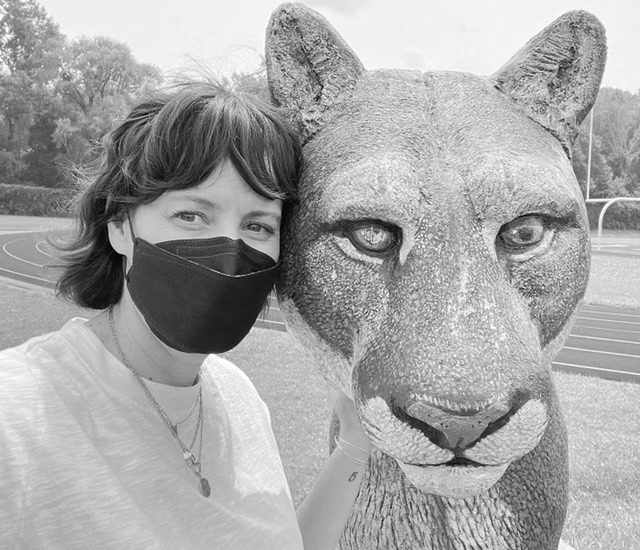
Tracy Dishman is a production designer and ADG Council member based out of Los Angeles and Austin who uses Instagram, but rarely Facebook. She is currently enjoying Atlanta, Georgia while working on the new Hulu series "Tell Me Lies".
As a person, I am not a fan of social media. I find it distracting and addictive, as it was designed to be. As a production designer though, I find social media to be essential, inspiring and the ultimate unifier.
I started in the film and television industry in 2005. On my first gig I was advised to get a Thomas Guide and a digital camera. Photos were printed at the one hour developing shop across the street from Omega Cinema Props and Debbie’s Book was..well, a book. The accessibility to technology has been our saving grace in an ever changing industry. Crews are smaller, shooting days are compressed into double-up days and prep times are half what they were 15 years ago, all the while demand for content just keeps coming. How do we do it? We work smart, efficient and fast, all with the help of social media. You need to crew up in Texas? Post about it. You need a taxidermied screech owl by tomorrow morning? Post about it. You need a 1920’s hotel with an atrium? Post about it - because collectively we are powerful enough to meet the demands of the current system and technology has made us virtual super heroes.
I have wondered how we used to do it all, before email and cell phones and Google, but now I think the answer is - we didn’t. We simply didn’t do what we’re doing now, in addition to pulling off miracles one set at a time, we’re addressing pay inequality, diverse hiring practices and abusive working conditions. There is a history of competitiveness and fear based behavior in our industry that we have all inherited and I believe our future and strength lies in transparency, cooperation, and a collective raising of the bar. When we all do better, we all do better. Hoarding information, skills, and connections has no place in the thriving culture of social media.
And to be sure, social media is also where I stay in touch with former coworkers, celebrate the achievements of my peers, and post about my own small victories. There are obviously countless amazing art and design accounts I follow for inspiration and I’ve for sure gone down a rabbit hole or two of vintage interior design. I once found a specific picture car in Birmingham, Alabama by following the local car club account. In Syracuse, New York recently I commissioned hero artwork for a queer artist character from a queer artist online. In short, through social media, I’ve made friends, established my brand, mentored, asked for and received help, all by simply posting about it.
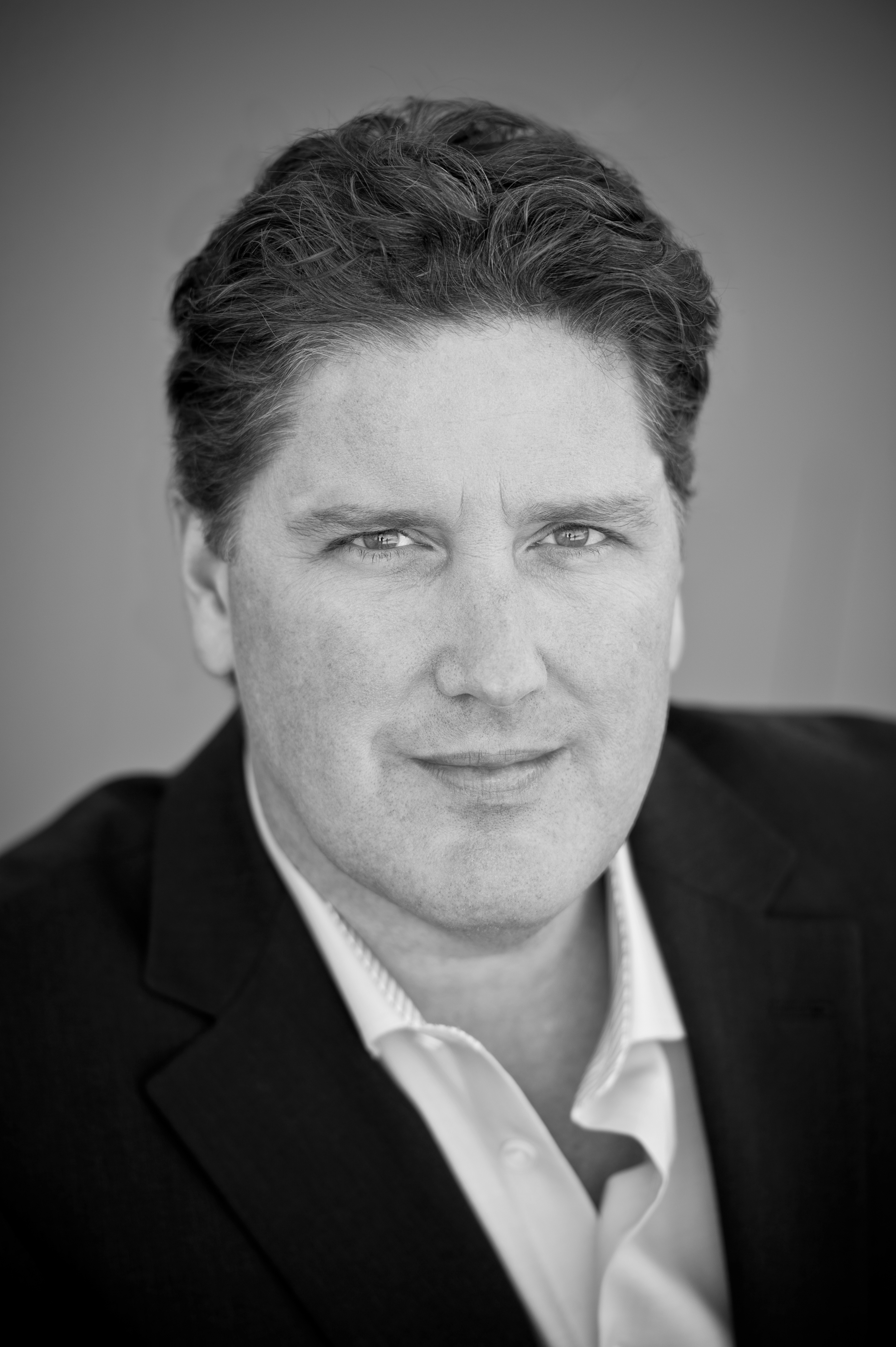
Dave Blass is a three time Emmy nominated production designer based in Los Angeles. He is known for such shows as "Star Trek: Picard", "The Boys", "Constantine", "Preacher" and "Justified". He can be found on Social Media @daveblass on Twitter and @daveblass photography on Instagram.
To Tweet or not to Tweet, that is the question. In the days before social media, you didn’t have to worry about fan interactions. Occasionally you would end up on a panel at Comic Con, but other than that, the design team of films and TV shows were largely anonymous. If you were lucky your project would be featured in an “The Art Of…” book and you and your team would get some much deserved recognition, and your process could be explained to those who sought out the work.
Now the double-edged sword of social media gives artists the ability to share their work with the fans, but it comes with some unique challenges. More and more high profile shows have online publicists dedicated to social media outreach. These folks spend months composing tweets and thinking about how to market the show. One random Instagram post from you can derail an entire advertising campaign. Now most shows have a confidentiality clause that prohibits crew members from sharing anything, and in many cases they will strictly enforce it. Having received a strongly worded phone call from Marvel after my IMDB profile was updated to mention I was on a show and a blog picked up on it, I can tell you it’s not fun.
My suggestion is to work with the studio's social media people. Fans love to interact with the show's creators and the design department is a key factor. Commentary on the design process is generally seen as acceptable. Time your social media posts to time with the release of the film, or episodes, but not before and make sure that NOTHING in your post could be possibly considered a spoiler of any kind. Loose lips sink starships, and one crew member who shared a photo of just a director chair-back from "Star Trek: Picard", which seemed innocent but had a huge spoiler in the graphic, found out the hard way and was let go. Follow the official accounts of the show and re-tweet them and then add some commentary that gives more insight to the piece. This way the official accounts will be more accepting. Studios have advertising people that are paid plenty to manage the social media for their products. You wouldn’t want them coming onto your set messing things up - make sure you give them the same courtesy.

Colombian born and currently based in the USA, Diana was formed as an architect and started her film career as a visual consultant while studying photography at the New School in NYC. From there, she expanded into art direction and production design, and has collaborated on more than 30 projects in the last 20 years in Colombia, México, Perú, Ecuador, and Dominical Republic. Her work includes Golden Globe-nominated TV shows "Narcos" (S1), Netflix’s "Wild District", and the newly released "Malayerba", and the films "Elizabeth Harvest" and "What you wish".
Social media has redefined the art and design world completely. For us, as part of the film industry, it is impossible to ignore this reality. Online consumers of audiovisual content use Instagram for art related purposes more than any other media, and the approach to our work is first seen online.
Those days where we had to wait months or years until the premiere of the movie to see our completed work are gone. Our designs were a well-kept secret before going public for the world to see - that made it magical and very special. This is one of the reasons every time I post something work-related, I ask myself if social media is an enemy of surprise, or a magic killer. Seconds later, I remember how and why I use it, and I like to think social media is a new way to approach our art. It is also a tool to organize the creative process, more than a social display for the public. Social media is sort of design diary, a magic maker that has become necessary in my career nowadays.
When I create posts, I am deciding to show my work through my own vision, I am the curator. It goes beyond that perfect still photography, it represents how I want my work to be seen, I can decide to emphasize in a character that is not one of the leads, show the wallpaper of a set that never made it to the final cut, or the incidental color theme behind props. It is fascinating how you can show in a hundred different ways an audiovisual content coming from the same script, depending on who is posting it.
I consider myself an old school designer, part of a generation where it was amazing to be completely anonymous while your creative process was ongoing. I loved staying up all night in architecture & design school creating mood boards and collages, organizing 5 to 10 vignettes in a very specific order of how to present it without having to talk, editing cohesively what could express and summarize visually what I wanted to say, explaining an idea with only photos, colors, light, textures. The less words the better, just your mind out there for others to interpret. It was a ritual and I remember being good at it.
I use social media posts to mimic this experience, I edit myself, and I express everything only with images. Then I throw in a couple hashtags to catch and engage followers. It is an exciting routine, it makes me feel inspired, and allows me to exercise my creativity. It reminds me every day of how being creative is to find new ways of seeing things.
When starting a new project, I like to post a picture of the clapperboard the first day of shooting and then another one the last day. This timeframe is a portrait of how we all become one and fuse with the project, and our process of transformation.
During production I focus all my creativity and put my soul in the project. Once I read the script, I start having images at bedtime, visualizing the scenes in forms, objects, textures, and colors. I start having flashes of a scent, a city, an artist. I spend months thinking about it all day, looking for the magic, and waiting until I know how to present these ideas to the director and the rest of the creative crew. I used to take pictures of these images with my head and write notes on my sketchbook, I still do it, but also, I find myself taking them with my phone, it is automatic. Posting stories helps me document this process and scrolling through it is a way of purging what I don’t need. It becomes a board to look at them together and reinterpret what can be used and what must go, for this period, it’s a creative partner, helping give life to a universe under construction. The drive is there, it happens live, instantly. For you it has meaning and depth, and is very intense, for others, it’s just another story.
It is important to understand the relevance of social media to stay tuned to the current generation and post creative content that catches their attention. For me, social media is mainly a personal diary, but it could be useful for many others during hours of curious scrolling; speaking their language, inspiring them, including them, showing we can be creative in a different environment, a shared virtual office. The film industry is evolving as technology progresses, and I feel we should move forward with these new ways of communicating using them as much as we can.
@moodcolectivo arte on IG
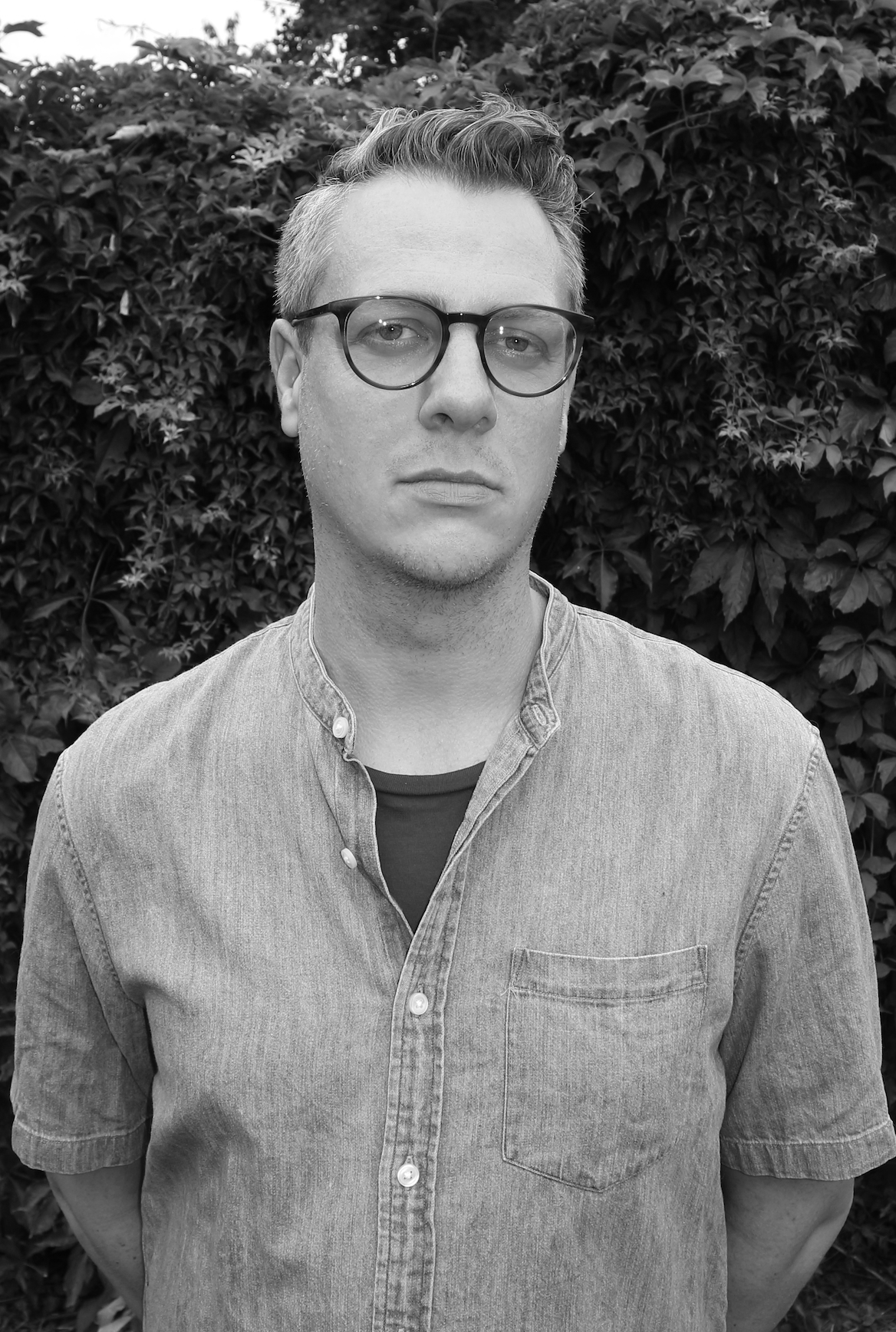
Chris Crane was born and raised in Toronto, Canada, and has been working in the film and television industry for a decade. Notable works include the feature films "Run This Town", "Operation Avalanche" and "Code 8". His television works include "Sort Of", the final season of "Baroness Von Sketch Show" and the upcoming series "Children Ruin Everything".
When I first started out as a production designer, word of mouth was the only way I could get a gig. Another designer did not want to do the project and put my name forward? Great. A producer I know has a designer quit on them last minute and needs a replacement? I’m there.
As time went on (getting an agent, creating a website, putting together a reel) I found that I still needed to explain to producers and directors exactly what I did; ‘Was it a full build? What show did you do last that I would know? If it was all location work, what exactly did you do?’ So I decided to start to show people what I could do over social media. For this, Instagram has been the best way for me to show my work and promote myself. It has also been a way to connect with other production designers, and film people in general, that I would not normally interact with. I do a lot of before & after posts of sets and locations to show the work that goes into each project. I don’t think that any of this has directly led to any specific job, but I have been able to garner feedback and see the kinds of things that potential future collaborators are looking for in a production designer.
I also found that once I finished a show, and did not see or connect with that director or the producers for a while, they never had any idea of what I went on to work on. For this, I have my Instagram and Facebook linked for posts. From there, I also post trailers of upcoming projects as well as any press. I am immensely proud of everything I work on and want it all to succeed, so I am happy to promote the projects themselves.
I have a Twitter account, but never use it. I don’t care for Twitter personally - less image based and more conversational. Other than that, for very specific projects that I feel are getting some media attention on their own, I have gotten a publicist. This way I can ensure better interviews about my work, since the project is already getting some buzz. Remember, a publicist does cost you, so best to make the most out of it if you decide to go that route.
Working in film and television can be such an amazing and creative experience, but it is also a business. I do not think a publicist is necessary for success, or even a strong social media presence, but it is another way to promote your work, your projects and yourself.




